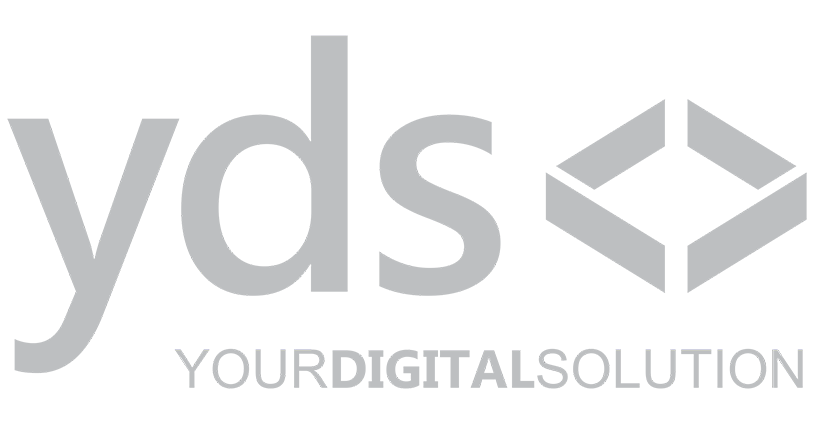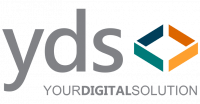Creating effective landing pages is essential for a successful marketing campaign. Landing pages are specific web pages designed to convert visitors into leads or customers. They need to be focused and targeted to achieve your campaign goals.
Understanding the purpose of your landing page is the first step. Are you aiming to collect email sign-ups, sell a product, or promote an event? Defining clear objectives helps you create a landing page that meets your goals. There are different types of landing pages for different purposes, such as lead generation pages and sales pages.
Once you know your goals, it’s important to include key elements that make a landing page successful. These elements include attention-grabbing headlines, persuasive call-to-actions, and mobile-friendly design. Each component plays a crucial role in guiding visitors towards the desired action.
The design of your landing page also matters a lot. Using a minimalist layout, high-quality images, and appropriate colour schemes can make your page visually appealing. A clean and attractive design keeps visitors engaged and reduces bounce rates.
Finally, optimising your landing page for conversions is crucial. This involves testing different elements, analysing user behaviour, and improving loading speeds. These steps ensure that your landing page performs well and achieves the best possible results.
Understanding the Purpose of Landing Pages
Defining Goals and Objectives
Before you start building a landing page, it’s important to know what you want to achieve. Different campaigns have different goals. Maybe you want to collect email addresses for a newsletter, sell a product, or get people to sign up for an event. Knowing your objectives helps you make a landing page that works best for your needs. When you are clear about your goals, you can design a page that guides visitors toward a specific action.
Types of Landing Pages
There are several types of landing pages, each designed for different goals. A few common types include:
– Lead Generation Pages: These pages are used to collect contact information from visitors. Forms on these pages often ask for details like name, email, and phone number. They are great for building an email list.
– Click-Through Pages: These pages aim to encourage visitors to click a link that takes them to another page, such as a product page or order form. Their primary goal is to get visitors to take the next step.
– Sales Pages: These pages are focused on converting visitors into buyers. They often include detailed information about a product or service, along with customer testimonials and calls to action.
Each type of page serves a different purpose, and you must choose the right one based on your campaign goals.
Key Elements of the Best Landing Pages
Attention-Grabbing Headlines
Your headline is the first thing visitors see, so make it count. It should be clear, concise, and engaging. An effective headline grabs attention and makes visitors want to learn more. For example, if you are offering a free eBook, a headline like “Download Your Free eBook and Master SEO Today!” can attract more interest. The goal is to make your headline so compelling that visitors can’t resist reading further.
Persuasive Call-to-Actions
A strong call-to-action (CTA) is vital for a successful landing page. Your CTA should tell visitors exactly what you want them to do, whether it’s signing up for a newsletter, downloading a guide, or making a purchase. Use action words like “Get,” “Download,” “Register,” or “Buy” to encourage action. Place your CTA buttons in prominent locations on the page and make sure they stand out visually. This makes it easy for visitors to take the next step.
Mobile-Friendly Design
More people are using mobile devices to browse the internet, so your landing page must be mobile-friendly. A mobile-friendly design ensures that your page looks good and functions well on smartphones and tablets. This means easy navigation, readable text, and fast loading times. A mobile-friendly landing page can keep visitors engaged and reduce the chance of them leaving before taking action. Ensuring your page works well on all devices can greatly improve your conversion rates.
Design Tips for Effective Landing Pages
Minimalist Layouts
Keeping your landing page layout simple is crucial. A minimalist design helps visitors focus on the main message without being distracted. Use plenty of white space to make the text and images stand out. A clean, clutter-free layout makes it easier for visitors to find what they’re looking for. This approach reduces the likelihood of overwhelm and keeps the page visually appealing.
Using High-Quality Images and Videos
High-quality images and videos can make your landing page more engaging. Visual content helps convey your message quickly and effectively. Use images that are relevant to your offer and resonate with your audience. Videos can also be powerful tools to explain complex concepts or showcase products in action. Make sure media files are optimised for fast loading times to prevent slowing down your page.
Colour Schemes and Fonts
Choosing the right colours and fonts can enhance your landing page’s readability and appeal. Use a colour scheme that aligns with your brand and evokes the desired emotions. For example, blue can convey trust, while red can create a sense of urgency. Use readable fonts and ensure there is enough contrast between the text and background. Consistent colours and fonts help create a cohesive look and improve user experience.
Optimising Landing Pages for Conversions
A/B Testing Different Elements
A/B testing is a powerful way to find out what works best on your landing page. Test different headlines, images, CTAs, and layouts. By comparing two versions of a page, you can see which one performs better. Use the data from these tests to improve your landing page continuously. A/B testing helps you understand what resonates with your audience and makes it easier to increase conversions.
Analysing User Behaviour
Monitoring how visitors interact with your landing page offers valuable insights. Use tools like heatmaps and session recordings to see where users click, scroll, and spend the most time. Understanding user behaviour helps you identify problem areas and opportunities for improvement. Analysing these patterns enables you to make data-driven decisions that enhance the user experience and boost conversion rates.
Improving Loading Speeds
A fast-loading landing page is crucial for keeping visitors engaged. Slow pages can lead to high bounce rates as visitors abandon the site in frustration. Optimise images, reduce code bloat, and use caching to improve your page speed. A quicker loading time enhances the user experience and helps with search engine rankings. Prioritising speed ensures visitors stay on your page and complete the desired actions.
Conclusion
Building the best landing pages for your campaign requires careful planning and attention to detail. Start by understanding your goals and selecting the right type of landing page for your needs. Incorporate key elements like attention-grabbing headlines, persuasive calls-to-action, and mobile-friendly design. Focus on a minimalist layout, use high-quality images and videos, and choose the right colours and fonts.
Optimise your landing pages for better conversions through A/B testing, analysing user behaviour, and improving loading speeds. These steps ensure your landing pages perform well and meet your campaign objectives.
Ready to create the best landing pages for your campaign? Contact Your Digital Solution today and let our experts help you design pages that convert. Don’t miss out on the opportunity to boost your results—reach out now!




